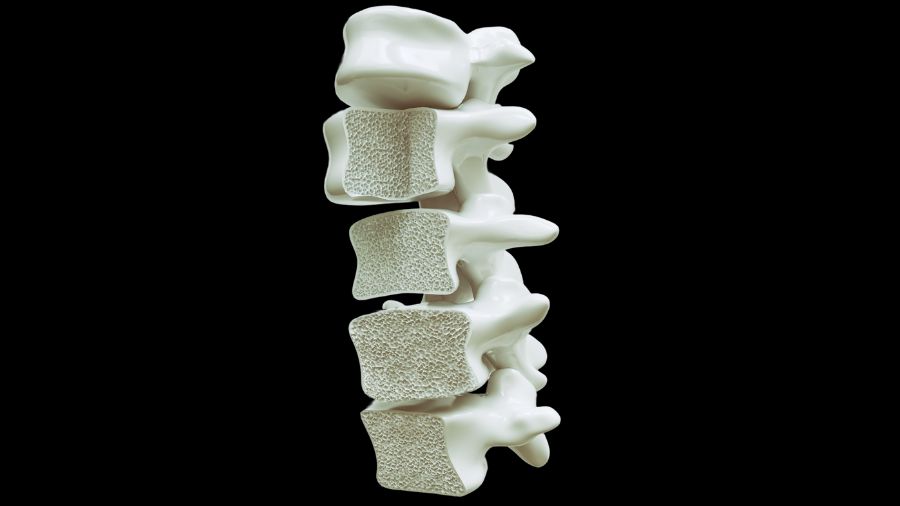
Scientists at UHN’s Schroeder Arthritis Institute have identified genetic markers that can accurately predict whether a person will develop psoriatic arthritis (PsA).
These findings could help to prevent permanent joint damage and disability by enabling early disease detection and treatment.
PsA is a type of arthritis that is common in people who have psoriasis, an autoimmune condition that affects the skin. The condition occurs when the body’s immune system mistakenly attacks the joints, leading to inflammation, pain and reduced mobility.
Approximately 30 per cent of people with psoriasis will develop PsA. Unfortunately, there are no early warning signs for the transition to PsA, so patients are often unaware of underlying disease changes until they experience significant and lasting joint damage.
“This is a major challenge for timely intervention, and it underscores the need for predictive tools to help us manage this condition,” explains Dr. Dafna Gladman, a Senior Scientist at UHN’s Schroeder Arthritis Institute and the lead author of the study.
To identify biomarkers that can predict PsA development, Dr. Gladman and her team studied genetic features in 700 men and women who had psoriasis without musculoskeletal symptoms.
The team specifically looked at DNA methylation – the process by which DNA gathers tiny chemical tags that serve as genetic switchboards, influencing cellular functions by turning particular genes on or off.
“We focused on DNA methylation because it is relatively easy to measure and plays a role in regulating gene expression in response to external factors, such as stress and diet,” says Dr. Omar Cruz-Correa, a postdoctoral researcher in Dr. Gladman’s lab and the first author of the study.

The team studied DNA methylation patterns in blood samples from people with psoriasis who went on to develop arthritis – called converters – and those who did not. Both groups were matched for age, sex, disease stage and duration of follow-up.
“We saw significant methylation differences between converters and non-converters,” says Dr. Gladman, who is also Director of the Psoriatic Arthritis Program and Deputy Director of the Centre for Prognosis Studies in Rheumatic Diseases at UHN.
“We identified 36 locations related to 15 genes that had increased methylation. These regions can predict with high accuracy which individuals with psoriasis will develop PsA.”
Although measuring 36 individual DNA markers is not feasible for a diagnostic test applied in clinical settings, Dr. Gladman explains that these results point us towards interesting metabolic pathways that might be involved in PsA and require further study.
“A variety of molecular processes affect gene expression – DNA methylation is just one of them,” concludes Dr. Cruz-Correa. “We need to investigate how these mechanisms work together to regulate gene expression in order to paint a clearer picture of the pathogenesis of psoriatic disease.”
In the future, dermatologists and other clinicians could assess DNA methylations and other predictive markers to identify individuals with psoriasis who are at a heightened risk of developing PsA. This proactive approach would enable health care professionals and patients to rapidly detect musculoskeletal symptoms and initiate treatment early to delay or prevent permanent joint damage.
This study was supported by generous donors to UHN Foundation.


